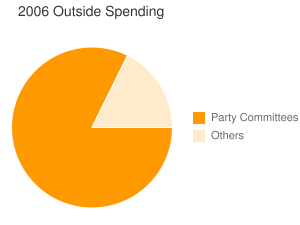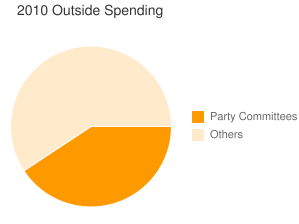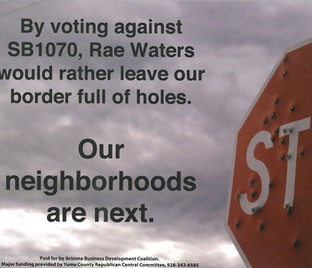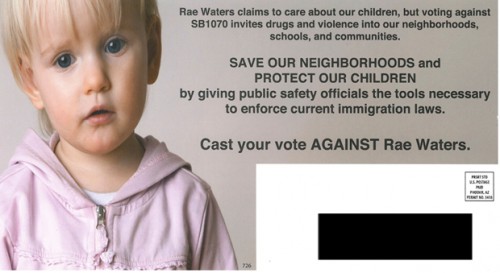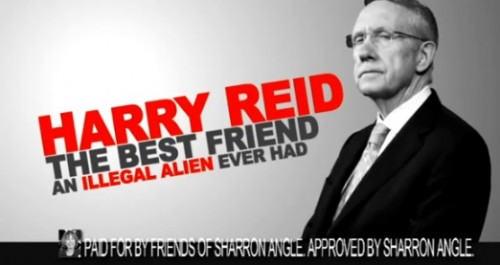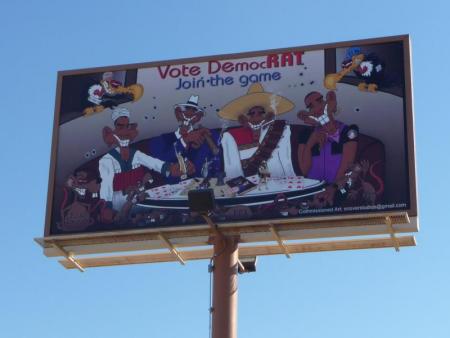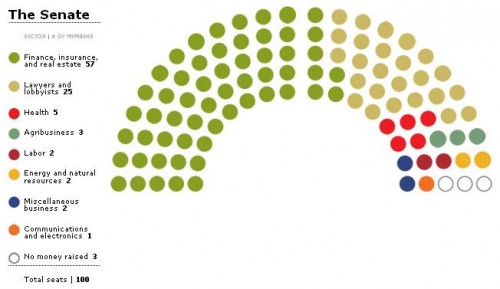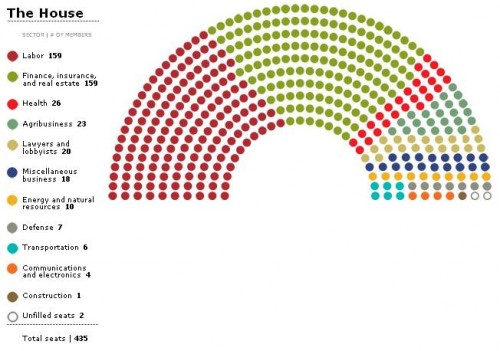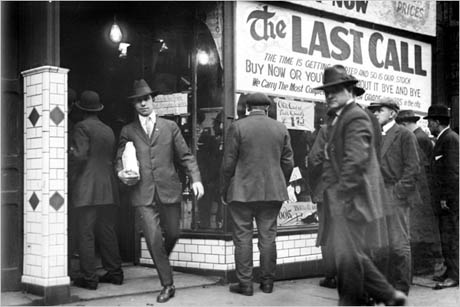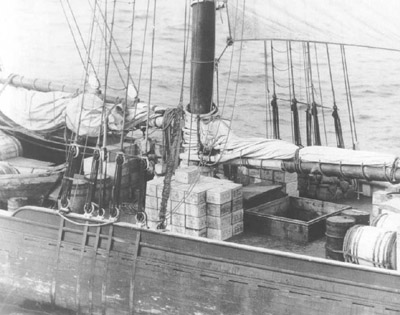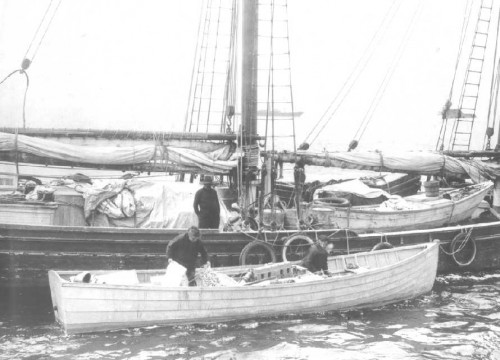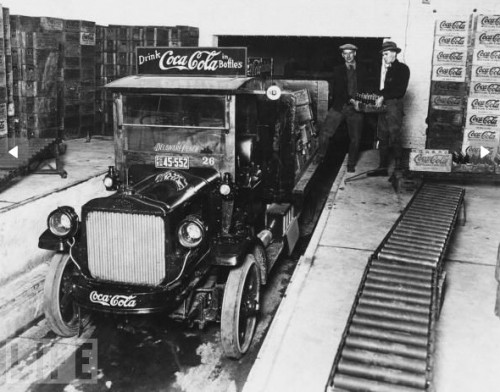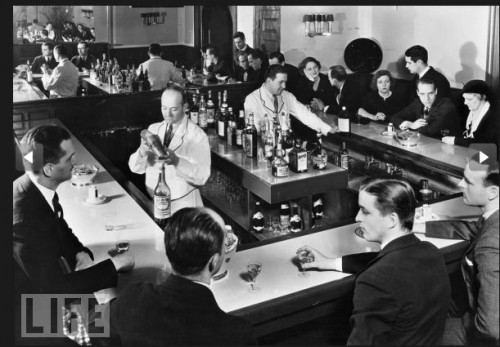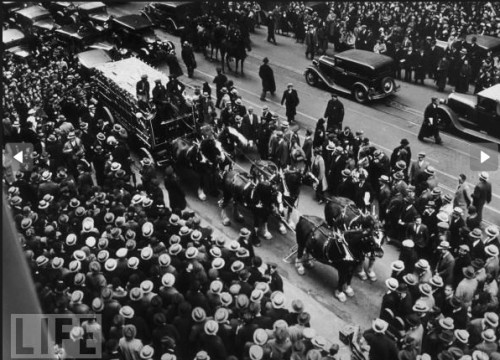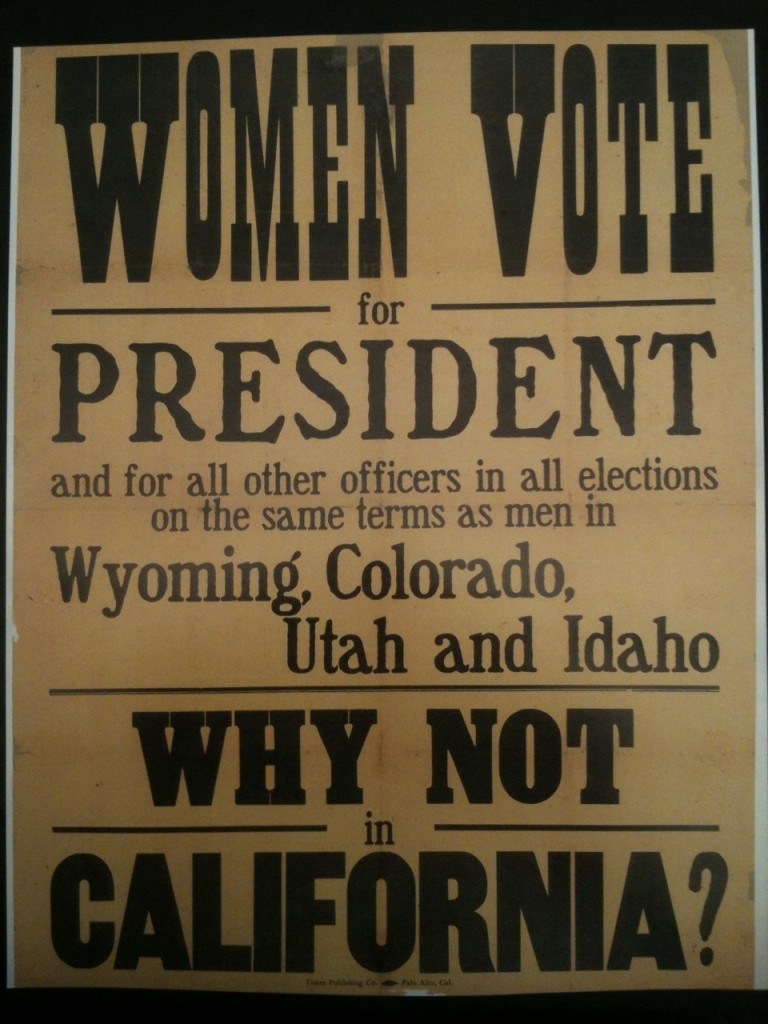A former CEO of World Wrestling Entertainment, Linda McMahon (R) is running in Connecticut for a seat in the U.S. Senate. In an essay at the Huffington Post, sent in by Dr. Caroline Heldman, Jackson Katz explains that her company has promoted “…some of the most brutal, violent and hateful depictions of women in all of media culture over the past twenty years.” The violence and misogyny in professional wrestling is an issue that Katz has taken on personally in his documentary, Wrestling with Manhood.
Media actors, he argued, have not focused on the substance of her company’s product, so much as its amazing success. Katz, however, challenges the idea that her business acumen is more important than the fact that she spent 20 years promoting and excusing violence against women:
…incredibly, the rampant misogyny of McMahon’s WWE has gotten scant coverage during this fall’s U.S. senate campaign in Connecticut. Political reporters have largely rolled over and bought the McMahon campaign line that what goes on in professional wrestling is only entertainment, that the WWE has gotten more family-friendly in recent years, and that we should all just lighten up and focus on what really matters about Linda McMahon’s stewardship of the WWE: her savvy business skills and experience.
Hoping to bring attention to the kind of messages the WWE sent under McMahon’s leadership, Katz put together this 11-minute clip from his documentary (trigger warning):
Lisa Wade, PhD is an Associate Professor at Tulane University. She is the author of American Hookup, a book about college sexual culture; a textbook about gender; and a forthcoming introductory text: Terrible Magnificent Sociology. You can follow her on Twitter and Instagram.


